
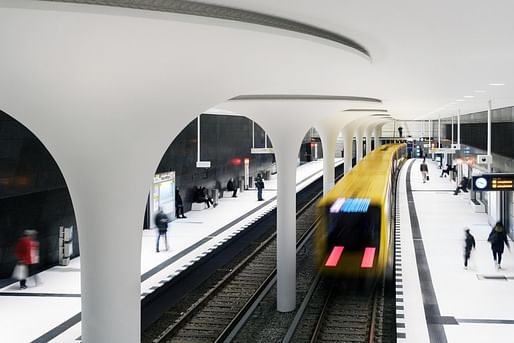
The German Design Council has announced its list of honorees for the tenth version of the annual German Design Awards.
For the past decade, the Council has handed out awards in the three different main categories of Product Design, Communications Design, and Architecture. Projects of either the ‘Special Mention,’ ‘Winner,’ or ‘Gold’ varieties represent equally high levels of excellence in design innovation and client satisfaction. The jury for this year’s anniversary competition selected entrants based on a special motto “How designers think” taken from the theories of Horst Rittel and Melvin Webber. A total of 81 Gold awards were handed out overall in each category.
“The world in which designers live and work is constantly changing and demands outstanding answers to the continuous stream of new questions that arise — from digitization to artificial intelligence and sustainability,” the German Design Council’s CEO Lutz Dietzold said in a statement. “It is of vital importance that our awards always evolve and adapt to the times in which we live.”
Five finalists have also been named for the Council’s “Newcomer” award, which will be announced at the 2022 German Design Awards ceremony in Frankfurt next month. None came from the architecture categories.
Each project can be seen here. An entry by Cumulus Studio called Protagonist had to be excluded. Scroll down to have a look at this year’s select Gold 'Excellent Architecture' category entries.
U-Bahnhof Rotes Rathaus Berlin (cover image) by Collignon Architektur and Design GmbH
Jury statement: Many — primarily older — metro stations feel uncomfortably dark and narrow. Not so for the »Rotes Rathaus Berlin« metro station, opened in 2020. Its open, clearly structured architecture and impactful supporting framework of mushroom-like pillars gives the pleasant impression of a generous and open space. Another interesting feature is the special material used for the walls made of recycled construction rubble. The polished dark terrazzo tiling has a very high-quality appearance and forms an exciting contrast with the light surfaces of the pillars, ceiling and floor. At the same time, the modern clarity of the design conveys a pleasant feeling of personal safety and comfort. Similarly, the rigorously minimalist design, which in its entirety conveys the idea of the movement and dynamism of underground light railway systems, was implemented with an exceptionally acute appreciation for design.
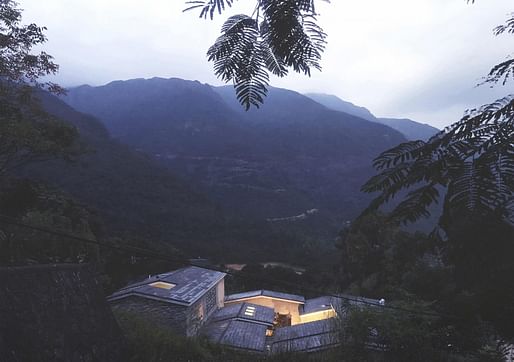
Six-Directions Meditation Courtyard House by ICI ARCHITECTURE
Jury statement: The more hectic and fast paced our modern world becomes, the more important places for slowing down and finding inner contemplation will be. In the »Six-Directions Meditation Courtyard House«, a building has been realised that — with its extraordinary Buddhist architecture follows the six directions, perfectly integrating the building into its surroundings among East, West, South, North, Heaven and Earth — as if it had grown naturally in the wild. Alongside this comes a fascinating use of materials, whose special appearance is enhanced by the deft interplay of light and shadow. An extraordinary design, aesthetically impressive right down to the last detail, that enables its inhabitants to connect to the lush natural surroundings with their 5 senses and experience a feeling of peace and security.
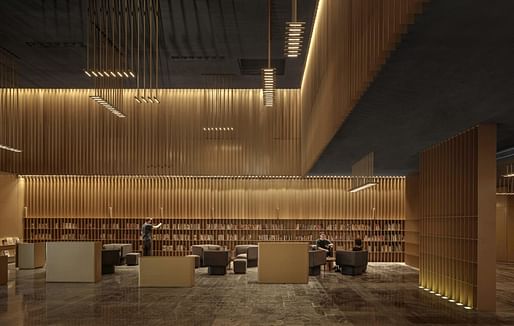
SFC SHANGYING CINEMA LUXE by Pulse On Partnership Limited
Jury statement: Visiting the cinema means leaving both the real world and your everyday routine behind for a while. For the »SFC SHANGYING CINEMA LUXE« Pulse On Partnership has translated the topics »film music« and »piano« — the latter is also a part of the name of the shopping centre in which the cinema is located — into an exciting interior design, which makes a visit to the cinema into an experience even before the film has started. The way in which the strings and keys of a piano have been seized upon and the rhythmic structure made from braces has been implemented as a recurring design feature is inspired and affords the cinema its own, unmistakable identity. A magnificent interplay of structure and light with a clearly painstaking love for detail, which helps set the mood for the visitor's cinema experience right from the beginning.

HEITO 1909 by ECG International Landscape consultants
Jury statement: The way in which the site of a former Taiwanese sugar factory, which lay derelict for 10 years, has been transformed into a place of rest and recreation is truly impressive from a design perspective. Similarly well implemented is the way in which the remnants of the historical industrial past have been harmoniously integrated into a newly built park area, designed to recall the past economic significance of sugar and its manufacture. The result is an oasis of relaxation in the direct vicinity of urban metropolitan structures, and at the same time, a wonderful place with an almost magical radiance.
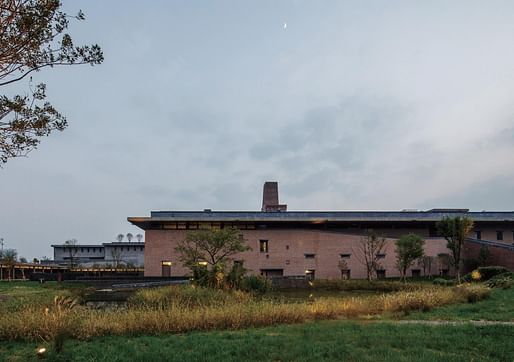
Suzhou Museum of Imperial Kiln Brick by Jiakun Architects
Jury statement: The magnificent design of the Suzhou Museum of Imperial Kiln Brick combines historical Chinese principles of construction with modern architecture to create a cultural highlight. The museum sheds light on the traditional art of brickmaking in imperial kilns and allows visitors to experience this piece of cultural heritage in a variety of ways. At the same time, across the museums spacious premises, a harmonious melting of architecture and landscape has been achieved which promises visitors a high-quality experience. In addition to the fascinating brick structures, the masterful handling of space is also impressive, whereby the particular architectonic clarity and simplicity of form emphasise the tranquillity and grandeur radiated by the location.
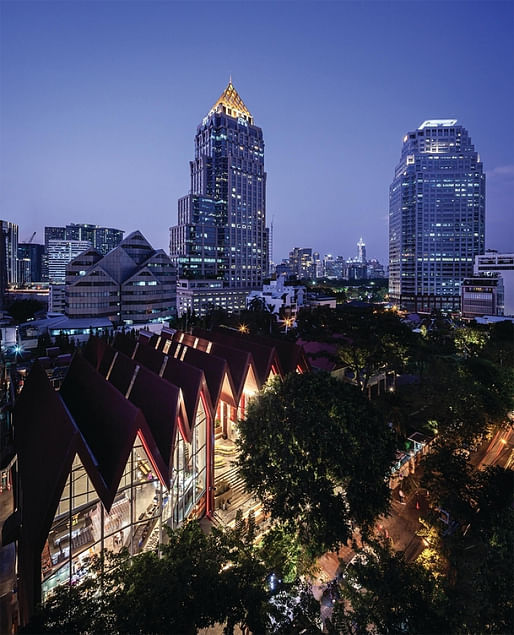
The Commons Saladaeng by Department of ARCHITECTURE Co.
Jury statement: The Commons Saladaeng is a centrally situated food court in Bangkok, whose striking architecture and breezy open spaces promise a stay that is both pleasant and special in equal measure. Here it is noteworthy how many different elements are combined in the design with its red gabled roofs with regard to the location and the history of the quarter and the function of the building. All this while managing to appear highly homogeneous, modern and as if made form a single mould. A confident design with its own identity, which understands how to combine past and present to a high level of design, without appearing unserious and thus representing a real asset to the public space.
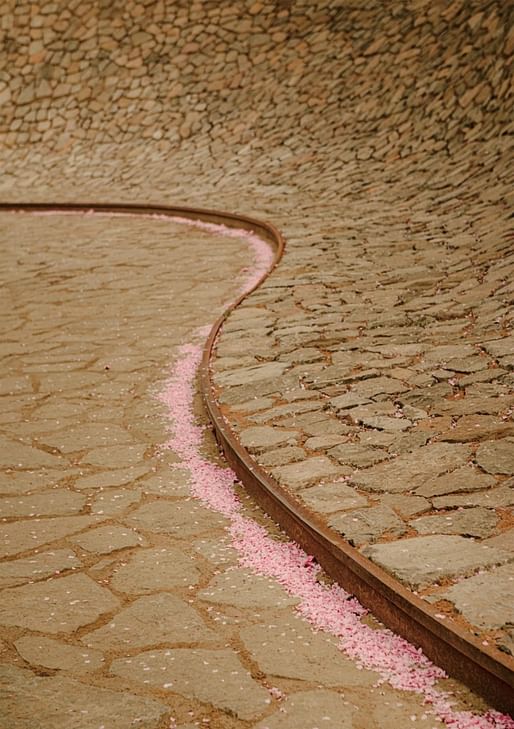
Rizhao Bailuwan Cherry Blossom Courtyard by Guangzhou S.P.I Design Co., LTD
Jury statement: The Rizhao Bailuwan Cherry Blossom Courtyard turns the topic of cherry blossoms into an experience for all the sense. The visitor wanders through a winding, seemingly archaic route, which is reminiscent of a valley, while attention is drawn to the cherry trees. The way in which the high walls made of local natural rock appear to seamlessly merge into the cherry trees above, which are in full bloom, abolishing the boundary between horizontal and vertical structures, creates a wonderful feeling of lightness and reinforces the impression of finding yourself in an immaterial place. A perfectly composed landscape, which focuses on what is essential and whose poetic power and charm are difficult to resist.
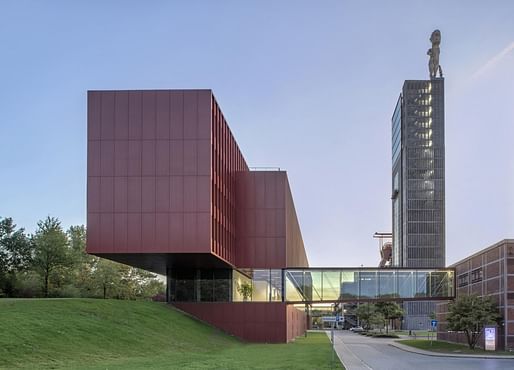
Neues Kesselhaus auf dem Nordstern-Campus by JSWD Architekten
Jury statement: Coal mining is inextricably linked with the history and culture of Gelsenkirchen. The closure of several pits threatened the loss of an important piece of cultural history. The proposal for repurposing the black coal mine, shut down in 1993, into the »Nordstern-Bürocampus« in Gelsenkirchen is a decisive answer to this threat. The project also encompasses the construction of a new 126 metre-long building, which will replace the boiler house made derelict by the closure of the mine. Here it is noteworthy how harmoniously the building fits into the ensemble with its rust-red colouration and clear, functional form, which consistently adheres to the historical industrial style of the existing buildings. Elegant details like the bridges to adjacent rooms and the layers in the building architecture reminiscent of coalbeds strengthen the overall harmonious impression.
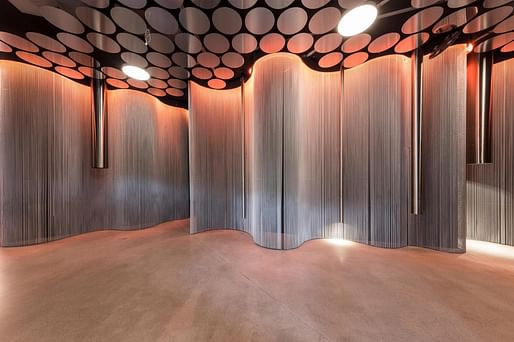
"Jewish Life in Germany: Past and Present" - Redesign of the Core Exhibition in the Jewish Museum Berlin by ARGE chezweitz GmbH / Hella Rolfes Architekten BDA
Description: The new permanent exhibition of the Jewish Museum Berlin embodies a contemporary perspective on the German-Jewish history. It is conveyed in a scenography that uses gripping spatial installations - to create a new power of mediation in the tension between the virtual and the auratic. Each room is thematically unique, which raises the museum experience to a higher level. The Jewish Museum thus becomes a place where the fascination of the intuitive and the multisensual gains in importance.

MICROHOME Kingspan 2024/25
Register by Thu, Feb 13, 2025
Submit by Tue, Mar 18, 2025
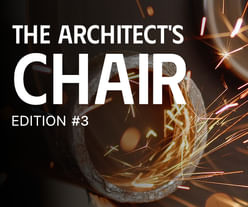
The Architect's Chair / Edition #3
Register by Wed, Jan 15, 2025
Submit by Tue, Feb 18, 2025

The Last Nuclear Bomb Memorial / Edition #5
Register by Thu, Jan 16, 2025
Submit by Wed, Feb 19, 2025
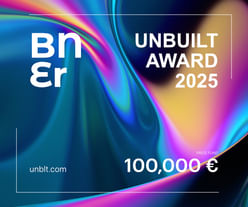
100,000 € Prize / Buildner's Unbuilt Award 2025
Register by Thu, Oct 30, 2025
Submit by Thu, Nov 20, 2025
No Comments